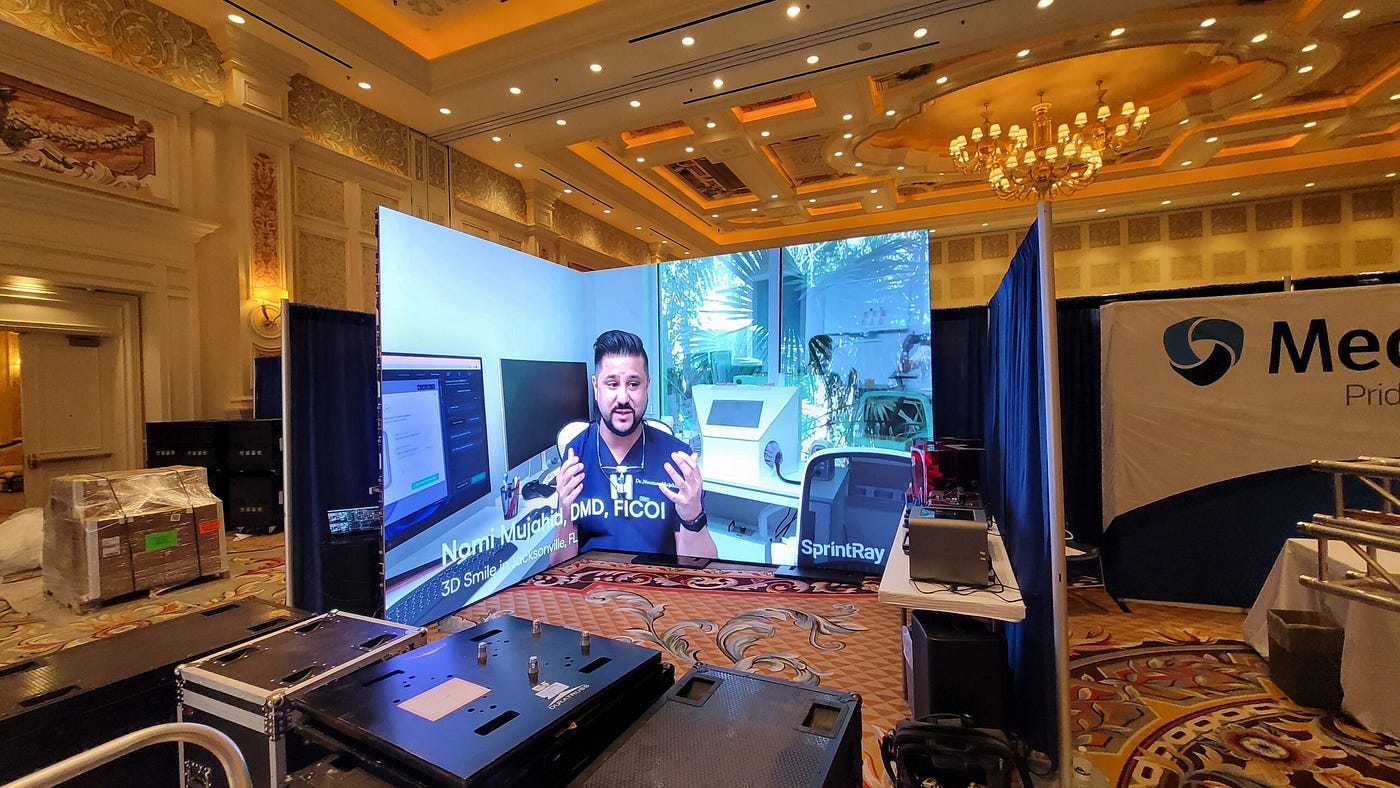Exploring the Effectiveness of Diverse Light Emitting Diode Wall Adjustment Techniques for Ideal Sight Performance
Wiki Article
LED walls have become increasingly favored in various settings, including theaters, concerts, and corporate events. These expansive screens provide vibrant hues and sharp images, making them ideal for visual presentations. However, to achieve the optimal visual quality, appropriate tuning of Light Emitting Diode walls is crucial. Tuning refers to the method of modifying the screen settings to ensure that hues, luminosity, and differentiation are precise and consistent. Different calibration techniques can considerably influence the total standard of the visual encounter, making it vital to investigate the effectiveness of these methods.
One frequent method for tuning LED walls is handheld tuning. This approach involves adjusting the settings by manual means, often using specific instruments and software. Technicians typically examine the screen's hue accuracy and luminosity levels, making adjustments based on their observations. Handheld calibration allows for a high degree of personalization, as technicians can tailor the parameters to the specific setting and content being shown. However, this approach can be labor-intensive and requires a proficient specialist to attain best results. In spite of its difficulties, handheld calibration can lead to impressive display quality when done correctly.
Another popular tuning method is the use of automated calibration. This method uses programs and devices to assess the display's functionality and make adjustments instantly. Automatic calibration can save hours and minimize the potential for human mistakes, as the program can quickly analyze the screen and implement the necessary changes. This method is particularly useful in environments where the LED screen is often used for different types of material, as it can adjust to various lighting environments and material needs. While automated tuning may not provide the same level of customization as handheld tuning, it can still provide superb outcomes for many applications.

A thirdly technique worth noting is the application of hue calibration tools. These devices, such as colorimeters and spectrophotometers, assess the hue results of the LED wall and help ensure that the led display maintenance tips hues shown are correct. By using these devices, technicians can identify any inconsistencies in hue representation and make the required adjustments. This technique is especially crucial for applications where color precision is essential, such as in graphic design or film production. Color calibration instruments can improve the overall visual performance of LED walls, guaranteeing that the viewers sees the desired colors and details.
In conclusion, the efficacy of different LED wall calibration methods plays a crucial role in attaining best visual performance. Handheld tuning offers customization but can be time-consuming, while automated tuning provides speed and consistency. Additionally, color tuning instruments help ensure accurate hue representation, which is essential for many uses. By comprehending and utilizing these calibration techniques, specialists can enhance the visual encounter for viewers, making LED walls an more effective instrument for communication and entertainment. As innovation continues to advance, ongoing research and development in calibration methods will probably lead to more improved display quality in the time ahead.